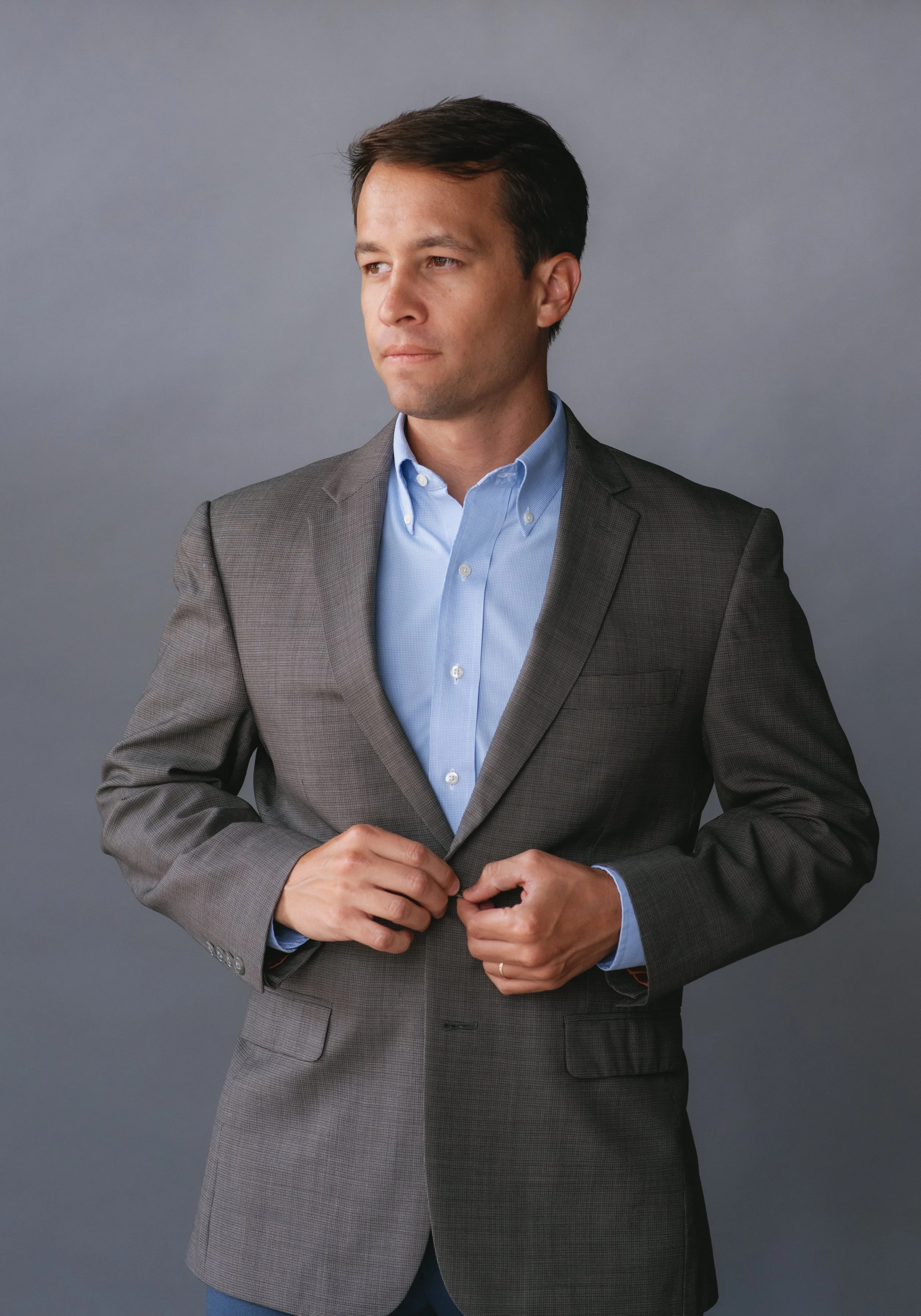For Photographers: The Power of Posture: How Correct Posing Can Transform Your Headshot
In the world of professional photography, particularly in bustling markets like Chattanooga, Tennessee, headshots are more than mere snapshots; they are personal brand statements. They often serve as a first impression in the corporate world, on social media platforms, or in the creative industry. In headshots, one element plays a surprisingly crucial role in creating the right impression: posture. Here's how correct posing and posture can transform your headshot and make it resonate with confidence and professionalism.
1. The Importance of Posture
Projecting Confidence: An upright posture exudes self-assurance and readiness, making you appear more competent and trustworthy.
Showing Professionalism: Good posture reflects control and poise, qualities often associated with professionals.
Enhancing Aesthetics: Proper alignment of the body helps in presenting a more flattering image, emphasizing the strengths and masking any perceived weaknesses.
2. Common Posture Mistakes in Headshots
Slouching: It can make you appear disinterested or lacking in confidence.
Rigidity: An overly stiff pose may convey tension or artificiality.
Imbalanced Shoulders: It can create an unsettling or awkward appearance.
3. Techniques for Achieving Correct Posture
Aligning the Spine: Encourage clients to stand or sit tall, aligning the spine naturally without stiffness.
Relaxing the Shoulders: Shoulders should be relaxed and even, neither raised nor slumped.
Positioning the Head: The head should be level, neither tilted up nor down, for an approachable and confident look.
Engaging the Core: A slight engagement of the core muscles helps maintain a tall and aligned posture.
4. Guiding Clients into Poses
Building Rapport: Understanding and connecting with your client can help them feel comfortable, allowing for more natural poses.
Demonstrating Poses: Show the pose yourself to help clients understand what you're looking for.
Continuous Communication: Keep talking and guiding throughout the session, making necessary adjustments for the best results.
Using Props and Tools: Chairs, stools, or leaning against a wall can help a client find a comfortable and natural pose.
5. Posture for Different Types of Headshots
Corporate Headshots: Convey solidity and reliability through balanced and upright poses.
Creative Industry Headshots: Allow for more flexibility and expressiveness, without losing the essence of good posture.
Social Media Profiles: Offer a blend of formality and approachability to suit various platforms.
The power of posture in headshot photography cannot be overstated. It's not just about standing tall; it's about conveying a message through body language. As a photographer, guiding clients into poses that reflect confidence and professionalism can make all the difference in the final image. Whether it's a corporate leader or an aspiring artist in Chattanooga, Tennessee, the principles of proper posture remain consistent, helping to create headshots that truly resonate. If you're looking to capture the perfect headshot, focus on the alignment, relaxation, and expression that correct posing can provide. It's not just a photograph; it's a statement.

